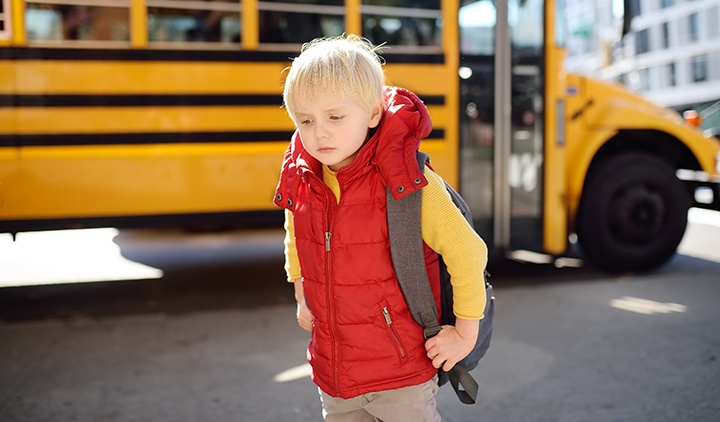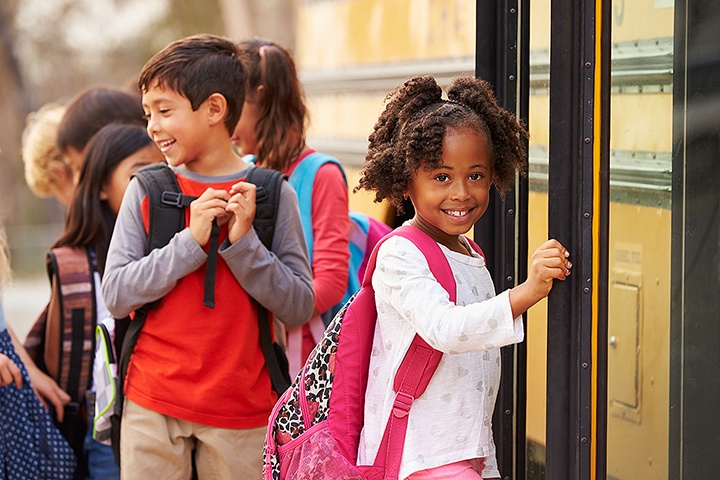
As I sat and pondered what strand of thought to follow in what is often called a ‘thought piece,’ it struck me that my intent in each of these monthly writings was to get us all to just consider topics and share discussion. It seems like there is not enough time in our days lately to just do that. I am reminded of sessions at annual conferences that we fondly called ‘cracker barrel’ sessions where folks had an opportunity to weigh in with their thoughts and experiences on a range of issues, reminiscent of times spent on a front porch just talking.
So, as the coming year unfolds, I want to use this space to explore a few things that seem to occupy the thoughts of many in the industry, or in some cases, things that occupy my thoughts that I think need to be explored out loud. I will never pretend to have all the answers but will endeavor to raise the questions and encourage conversation and action where needed.
This month, the topic that has frequently crossed my mind, and appears for conversation here, is STUDENT BEHAVIOR, particularly student behavior on the yellow school bus.
Conversations across the nation (and in my own school district) with school bus drivers indicates a heightening of aggressive and dangerous student behavior on the school bus and, more specifically, toward the drivers and aides. Drivers are being physically assaulted and verbally abused by students in ways that increase the risk of injury or of traffic accidents that endanger everyone on the bus. Similarly, students themselves are being attacked verbally and physically and it’s not improving much over time.
This is not sustainable. And we know it.
Unaddressed, it can exacerbate the driver shortage as more individuals decide that it’s just not worth the hassle to face such disruptive behaviors daily. Moreover, it compromises our prime objective of getting our students to and from school safely each day.
Consider, however, what many in education view as the precipitating cause for this difficult behavior: the pandemic. Children were out of school or being bounced between home, remote or controlled environment in-school instruction. The throes of the pandemic tested the best of all of us as adults. Imagine being a child or a child with special needs or a child with family problems or living in poverty or homelessness. And today we are seeing the repercussions, which will take time to work out. Students are struggling to get their math and reading skills back up to pre-COVID levels and they will need time to better manage their social interactions.
The Kids: Our Vision
I have always encouraged folks in transportation to step back and consider the children we transport and try to understand their needs and behaviors in the context of their realities. How do their home lives affect their learning and actions? Are their real stresses and tensions in their lives that contribute to erratic behavior or anger?
The NAPT official Vision states that we envision “A world where every student has access to safe and efficient transportation.” Part of attaining the ‘safe’ element is to ensure that our children and their needs are fully understood and that they truly feel they are safe on their school bus. At a time when children are unsettled and striving to get back into their routines, that places a significant burden on all of us to do more and to be informed and smart in our efforts.
And right now, those kids are struggling…at home, in the classroom, on the playground…and, no surprise, on the school bus. Their frustration is manifested in bursts of anger, rudeness, even violence. We are sensitive to their actions and words toward school bus drivers (and we should be) but we also need to find ways to be proactive in creating an environment that is supportive for the kids as well as manageable for our drivers and aides.

School Boards and Administration Leaders
As professionals, we need to be able and willing to speak frankly with our school administrations as well as with the school boards members who are the policymakers in school districts. If a district is utilizing a private contractor, that contractor needs to have access to such leadership as well.
School leadership should know about what is happening on school buses in this regard. It does no one any good to sweep it under the rug and try to manage it all on our own. By bringing this issue to school leaders and school board members, we can better ensure that our problems are addressed as part of the overall school strategy to address children’s needs and issues. Nothing else makes sense.
Training and Preparation
One of the biggest needs for school bus drivers is for training about the needs of our children. They are not just drivers. Indeed, they are an integral part of the school community and education enterprise. They see and interact with the children before anyone else in the school district does. And they encounter them in a difficult environment — moving through traffic with anywhere from 5 to 65 kids sitting behind them. Within legal constraints, they deserve every bit of information about the children and every bit of education that we can present them about helping and supporting the children. I have always thought that doing anything less is unfair not only to the drivers but to the children themselves.
PTA Partnerships
One of the biggest allies in the school community can be your local PTA or PTO. PTAs bring parents into the decision-making dynamic of a school and are a place where parental engagement can be managed constructively. Talk with them. Answer their questions. Take their suggestions. Elicit their support for your efforts. They have probably the greatest interest in your success: their children.
Encouragement
Realize that this is hard for your drivers. They didn’t necessarily sign up for transporting kids who have been traumatized by the social upheaval caused by the COVID pandemic, and they certainly didn’t sign up for the frustration and anger that is the result. They are expecting that the children will come bounding down their sidewalks ready to pick up where they left off. It is a shock to them when that is not the case, and the children are not ready (and often not interested in being ready). They need you to grasp what they are experiencing on their school bus and shore them up.
Sources
Search out training resources on student management from NAPT’s Professional Development Series or through other profit or non-profit training and education companies. Meet with your school nurses or school psychologists and pupil services teams – they are your internal experts, and they possess significant resources and knowledge. Seek out your school leadership and ask to be included directly in school-wide efforts to help the children in this transition. Read from journals and research from universities (one example) who are delving into this issue aggressively. Review materials from state or federal agencies engaged in trauma-informed programs and social-emotional development initiatives.
Bottom Line
This is serious business. Our children are struggling and are at some risk…of failure, of fear, of spiraling in academic loss. As with any other area of risk and safety for our children, it’s important for us to learn and to plan and to act. We can do this. We must do this. For the children.
Peter Mannella (pfman5@gmail.com) is chair of the NAPT Public Policy Committee.


